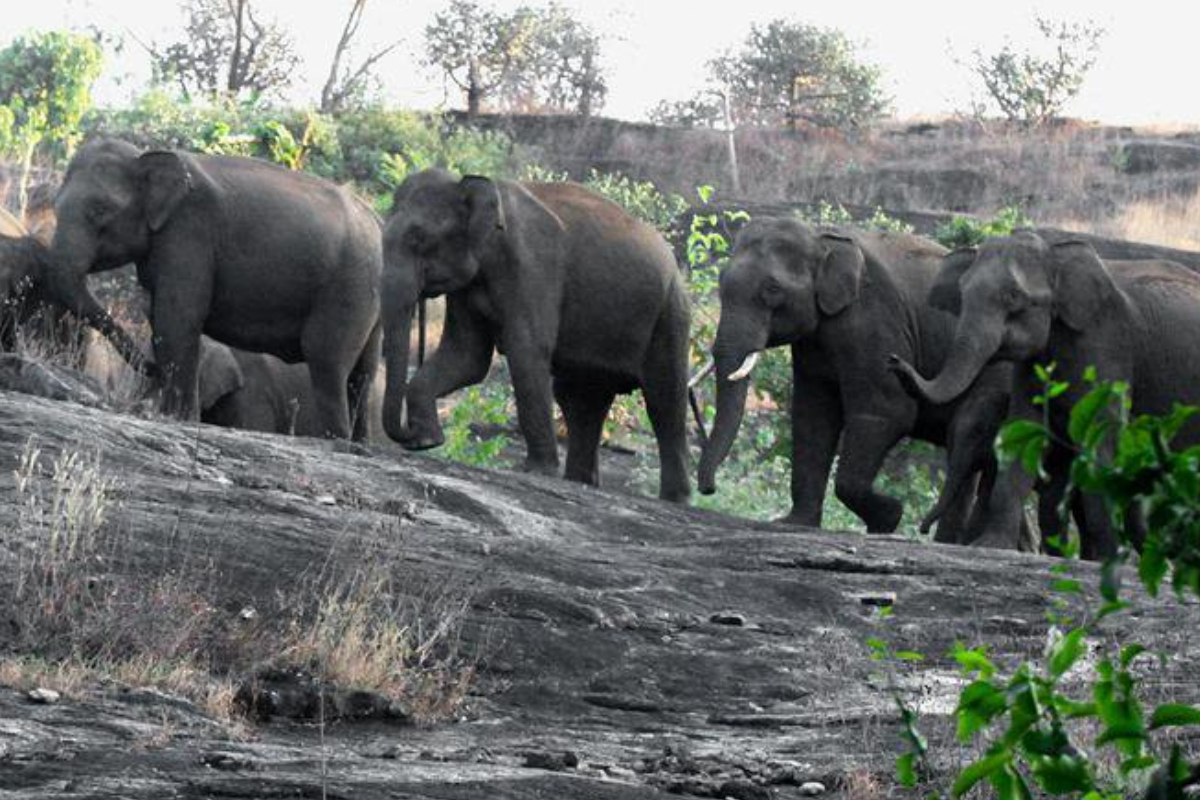

Habitat changes and natural calamities blamed for Kerala’s declining wildlife population

WAYANAD, KERALA: Raising concerns over the wildlife population, the state forest department has informed that the wildlife population has declined drastically.
According to the department, the wild elephant population declined by 58.19 per cent and the tiger population dipped by 30 per cent as compared with its figures recorded during the 2017 census.
In the latest enumeration conducted by the forest department, it has been revealed that the wild elephant numbers have come down to 2,386 as of May 2023 as compared to 5,706 in 2017, whereas the number of tigers has come down to 84 from its 2018 estimates of 120.
The declining numbers raise serious questions about habitat changes, conservation and management of elephant and tiger populations. A critical issue currently being faced by forest managers is how to maintain biodiversity in the face of natural and man-made perturbations in the habitat.
Biological invasions, one of the anthropogenically mediated ecological perturbations, are represented mostly by alien species introduced accidentally or purposefully outside their native geographical distribution ranges.
The natural calamities that occurred in the state during 2018 also intensified the dispersal of these alien species to other areas. The wide growth of invasive alien plants such as ‘Lantana’, Eupatorium’, ‘Mikania’ and ‘Senna’ became a serious environmental issue in Kerala.
The available habitats for megaherbivores, including elephants, have significantly degraded and shrank due to these species.
“There are many issues that contribute to the declining elephant population. There need not be one particular reason. The decline as mentioned in the forest department report needs to clearly mention whether the population has reduced due to migration to the nearby state of Karnataka,” Dr PS Easa, who is a member of the Department of Wildlife, said.
According to authorities, climate played a significant role in elephant migration. During the 2017 enumeration, elephants migrated to Kerala as dry weather prevailed in Karnataka. During the current year, it was raining in Karnataka and the temperature was high in Kerala.
The elephant enumeration was conducted by adopting the block count and dung count methods. In the block count, the state forests were divided into 610 sample blocks with an average area of 5.78 sq. km. In the block count, 1,920 elephants were counted and the population density was 0.20 per sq. km.
Revealing the figures in Thiruvananthapuram, forest minister A K Saseendran said the reason for the drastic decline in elephant population could be migration to Karnataka forests.